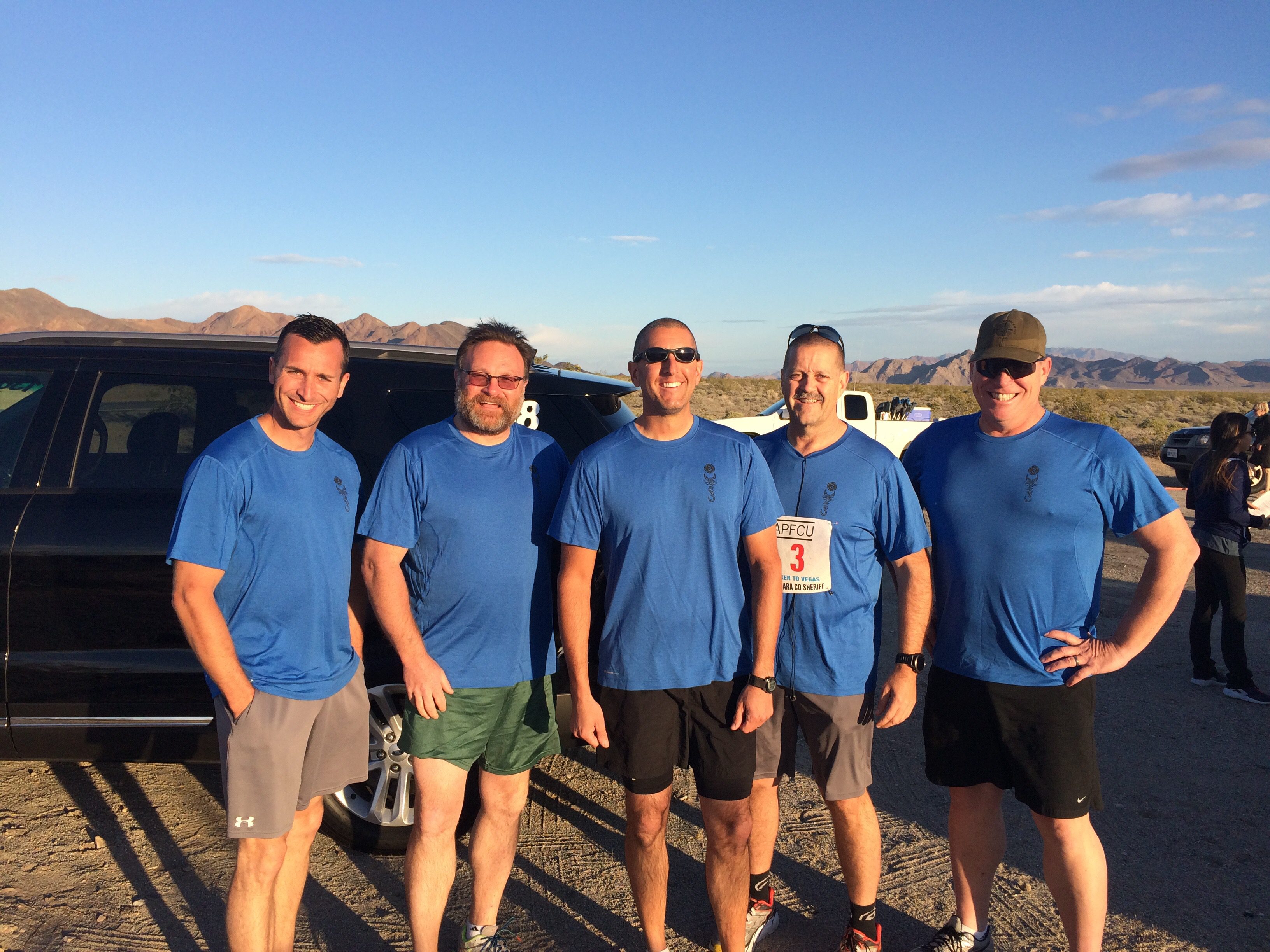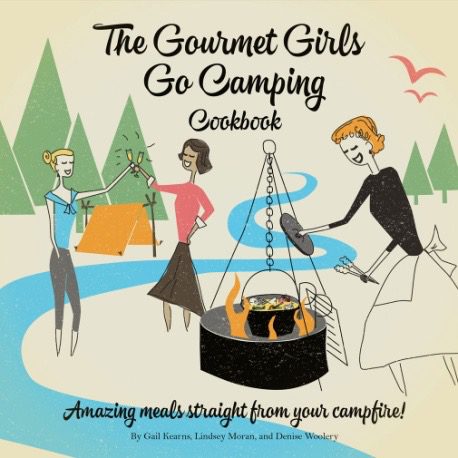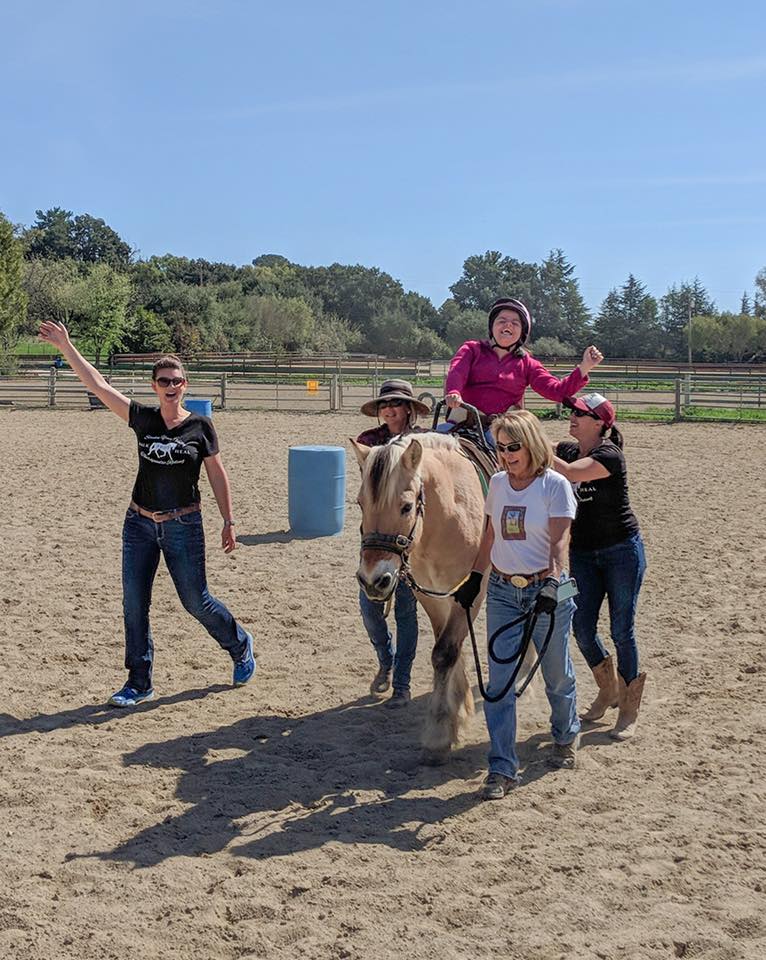Contributed
With warm days continuing despite the end of summer, many people continue to enjoy hiking on Santa Barbara County’s many trails.
The Santa Barbara County Fire Department is reminding people that when you’re outside, sometimes far from civilization, you can get injured. Planning ahead and using some hiking-safety common sense will help you have an enjoyable hike, officials say, and they offer this advice:
- Pay attention to weather forecasts. Sites like Weather.com let you check forecasts by location and ZIP code. The site offers hourly temperature predictions for the current day and for the following day.
- Don’t be overly ambitious. A hot day isn’t the best time to finally do that 10-miler with 2,000 feet of climbing. If you’re intent on getting out, scale back your expectations and save the tough trails for another day.
- Choose the right hike. There are many trails to pick from in Santa Barbara County, from very easy to very difficult and strenuous. To help you decide which hike is best for you, check out the www.santabarbarahikes.com. It has a description and maps of all the trails in the county.
- Hike early in the day. Temperatures can easily be 20-25 degrees cooler in the morning than in the afternoon.
- Avoid the most intense sun. Direct sun will increase heat-related stresses and the risk of sunburn. Try to find shaded trails and avoid hiking between 10 and 4.
- Keep it loose and light. When it comes to clothing, remember “the three L’s: lightweight, loose-fitting, light-colored.
- Wear a hat. A lightweight, light-colored hat with a broad brim to keep the sun off your face and neck will help you stay cool.
- Use (and pack) sunscreen. Exposed, sunburned skin will only make it more difficult for your body to stay cool.
- Don’t travel alone. If you’re just going for a hike in a nearby, well-traveled area, you’re as safe there as anywhere. But if you travel through heavily forested areas, with steep canyons and winding trails, you can easily get lost or injured. Traveling with a partner will help you in many ways, especially if he or she is an experienced hiker. People in pairs are much less likely to panic. They can assist one another up steep grades and apply first-aid when needed.
- Know where you’re going. Stay on clearly marked or well-traveled trails. A map, a compass and/or a GPS unit is a must for any kind of serious hike. A cell phone can also be very useful, but not all units will continue to function in every area. Get the details of where you plan to go and ask someone who knows.
- Take some basic gear. A simple first aid kit can be a lifesaver. Gauze and bandages, anti-bacterial cream and other standard items are essential. All these things are small and lightweight.
- Hydration. On hot days, your body can lose large amounts of water through perspiration. The general rule is that you can sweat roughly a quart of water every hour — and even more when hiking uphill or in direct sunlight.
Proper hydration is essential to the health of the body’s organs, including the brain. Dehydration can lead to impaired brain functioning, which then results in confusion and impaired judgment. Blood can also thicken, forcing the heart to work harder.
Start the hydration process before you go out. Begin to hydrate a couple of hours before you hit the trail. Drink frequently, instead of guzzling a bunch of water all at once.







